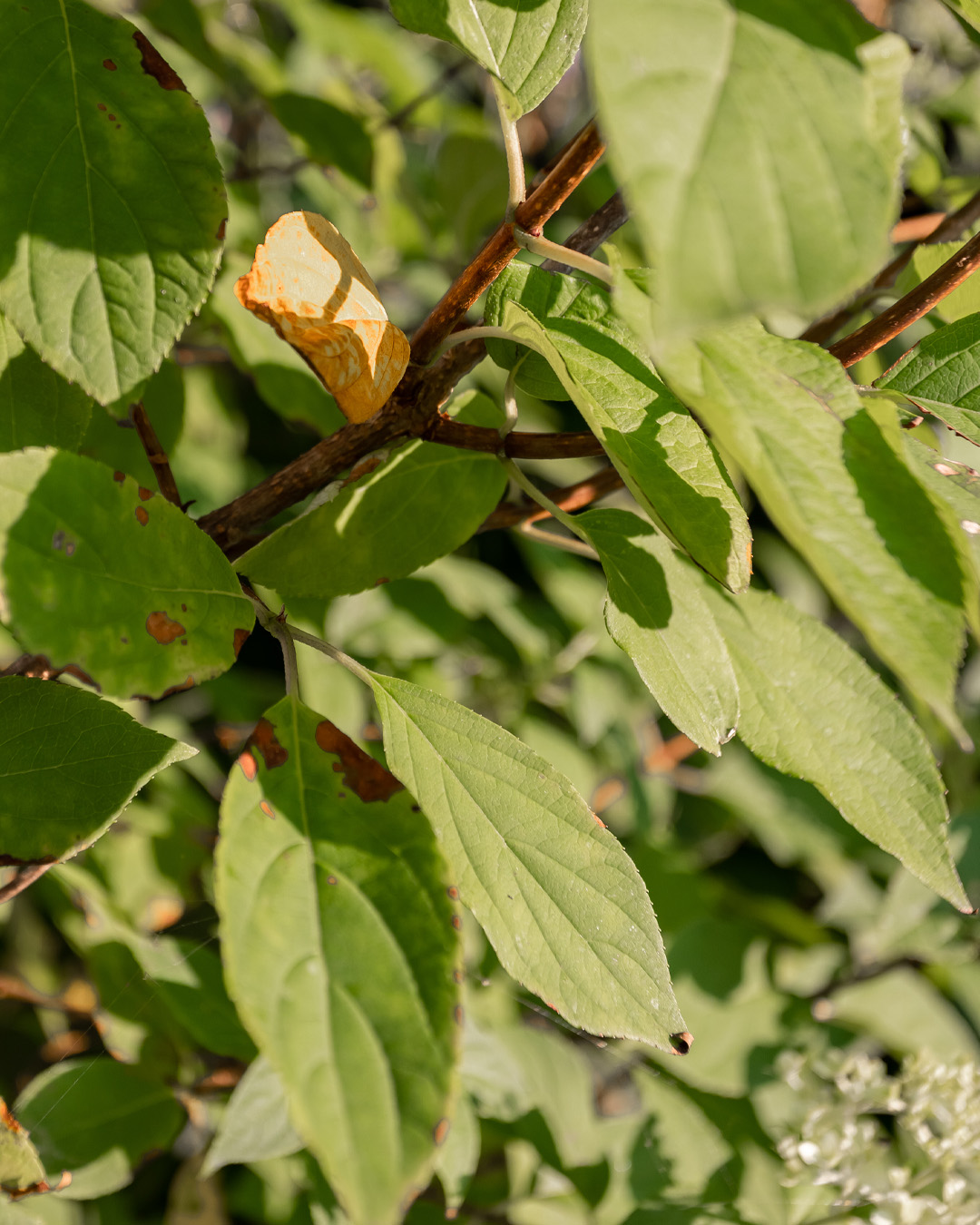Hydrangea Leaves Turning Yellow - An Overview
Hydrangea Leaves Turning Yellow - An Overview
Blog Article
How Hydrangea Leaves Turning Yellow can Save You Time, Stress, and Money.
Table of ContentsAn Unbiased View of Hydrangea Leaves Turning YellowThe Single Strategy To Use For Hydrangea Leaves Turning YellowRumored Buzz on Hydrangea Leaves Turning YellowLittle Known Questions About Hydrangea Leaves Turning Yellow.The Only Guide for Hydrangea Leaves Turning YellowSome Known Questions About Hydrangea Leaves Turning Yellow.
You can attempt to avoid fungal diseases by maintaining your yards cool and devoid of particles. Provide your gardens an excellent loss and springtime clean up and eliminate all ground cover from the ground, as well as from within the crown of the plant. These leaves that will certainly linger, waiting to attack in the next expanding season.These can be located at garden facilities. Bear in mind to follow the instructions on the label of the fungicide you purchase. Copper fungicides are, however if they are overused they can come to be toxic to your plant. Getting rid of infected fallen leaves is also a fantastic action. Clip the leaves, and eliminate them from the garden.
If they aren't getting enough water, their leaves will certainly brownish. Hydrangeas have a in the midday sun, and recuperating as soon as the sunlight has moved and the plants have a long time to recuperate. If this happens consistently you may observe brown and crunchy fallen leaves that are sagging. This is their way of letting us recognize that it requires some added dampness.

4 Easy Facts About Hydrangea Leaves Turning Yellow Explained
Established plants might need to be sprinkled one to 3 times per week, depending on your problems. It might seem tempting to spray the leaves down.
Water the base of the plant,. Once the plant has rebounded, you can resume a normal watering routine. Most varieties and selections favor partial sun. Panicle hydrangeas like complete sunlight, but the remainder of the group truly likes partial color. Partial shade gives concerning 4 to six hours of sunshine.
The container should be huge enough so the plant can expand and obtain all of the water and nutrients it needs. Area the container on a porch, or in a shady place on an outdoor patio. You can also replace the plant with a panicle hydrangea. Panicles like the full sun.
Regardless of the selection, strategy ahead and make certain your plant has lots of protection from the wind. You have a couple of choices below. You might transplant to a new area, or you could produce a wind obstacle using another plant, or fence. To develop a wind obstacle you could, or a hedge to block the wind.
Get This Report about Hydrangea Leaves Turning Yellow
Decorative yard, Rose of Sharon, or Holly shrubs are simply a few concepts of plants you can make use of to block the wind. If you need to transplant, locate a spot in your garden that is well safeguarded from sun and wind. Hair transplanting is best carried out in the fall or the springtime.
The plants area is the most important aspect when it comes to obtaining well-known and proper development. With a little planning on planting location and proper upkeep, you'll be able to ensure your hydrangeas!.
So, if Hydrangea leaves turn yellow and diminishes later on, it's generally as a result of overwatering, as the plant can not uptake water and loses the fallen leaves to remove transpiration. Following this, Hydrangea leaves begin to droop and wilt. Since both conditions can develop yellow fallen leaves, you should find the difference in between the overwatered and underwatered plant.
Nonetheless, you can rescue the plant from yellow fallen leaves by supplying it the proper light and placement. If your plant gets yellow fallen leaves, move it to a dark place. Location Hydrangea plants indoors near an east-facing window. Dapple the plant with curtains or UV defense sheets to obstruct direct warm.
The Best Strategy To Use For Hydrangea Leaves Turning Yellow
, and temperature level alterations can cause yellowing fallen leaves and brown places. If it gets as well warm, the sides of the leaves come to be yellow, transform brownish and develop a crunchy texture.
Hefty dirt can conveniently obstruct the oxygen supply to the origins and cut the connection with the upper components of the plant (fallen leaves). Hydrangea leaves transform their color if they discover minor inconveniences in the soil structure. This concern can create the Hydrangea entrusts to turn yellow, deal with leaf decreases, and make a sagging plant compatible overwatering.
Yellow fallen leaves in Hydrangeas are the very first signs of illness problem, commonly adhered to by black areas, browning, drops, and wilting. Separate the infected or pest-infested plant from the healthy and balanced plants to stop condition spread. If it is a yard plant, remove all the contaminated leaves making use of disinfected devices and cleanse up all the debris.
So, reducing off aids Hydrangea shade unnecessary weight and protection, permitting the development of new leaves. The very best time to trim Hydrangeas is springtime when the plant is all set to grow vegetation for the next period. Inspect for spent or diseased leaves and cut the base of a stalk that joins the leaves and stem.
Hydrangea Leaves Turning Yellow Can Be Fun For Anyone
Stay Discover More clear of reducing healthy and balanced or green fallen leaves, and do not remove even more than 25% of the plant's foliage. The main factor behind the red fallen leaves in Hydrangea is bad dirt or environmental problems.
Repot the plant each year in springtime or every 2 years if the development rate is sluggish (Hydrangea Leaves Turning Yellow).
There are six major reasons why this may take place:: The plant does not obtain adequate sunlight.: The origins are either as well damp or too dry.: The plant is too cold.: The soil is not acidic or alkaline sufficient for the hydrangea.: The plant isn't getting the ideal nutrients it requires to remain healthy.
Each reason affects the plant in a means that can be fixed if we understand just how to care for hydrangeas the right way. When we chat regarding poor light for hydrangeas, we mean that the plant isn't obtaining adequate sunshine.
Hydrangea Leaves Turning Yellow Can Be Fun For Anyone
Without adequate sunlight, the leaves can transform yellow, the plant can become weak, and it may produce fewer blooms. To ensure a hydrangea obtains sufficient light, it must be placed in a spot where it can delight in the morning light and be secured from the intense mid-day sun. Hydrangea Leaves Turning Yellow. Overwatering is when a hydrangea plant gets more water than it requires

This issue is typical in the fall as the climate adjustments or if a hydrangea is planted in an area where it doesn't get enough heat from the sun. It is very important to recognize the right problems for hydrangeas to avoid low-temperature stress and anxiety. A lot of hydrangeas expand best in zones 6 to 9, browse around this site where the climate is milder.

Report this page